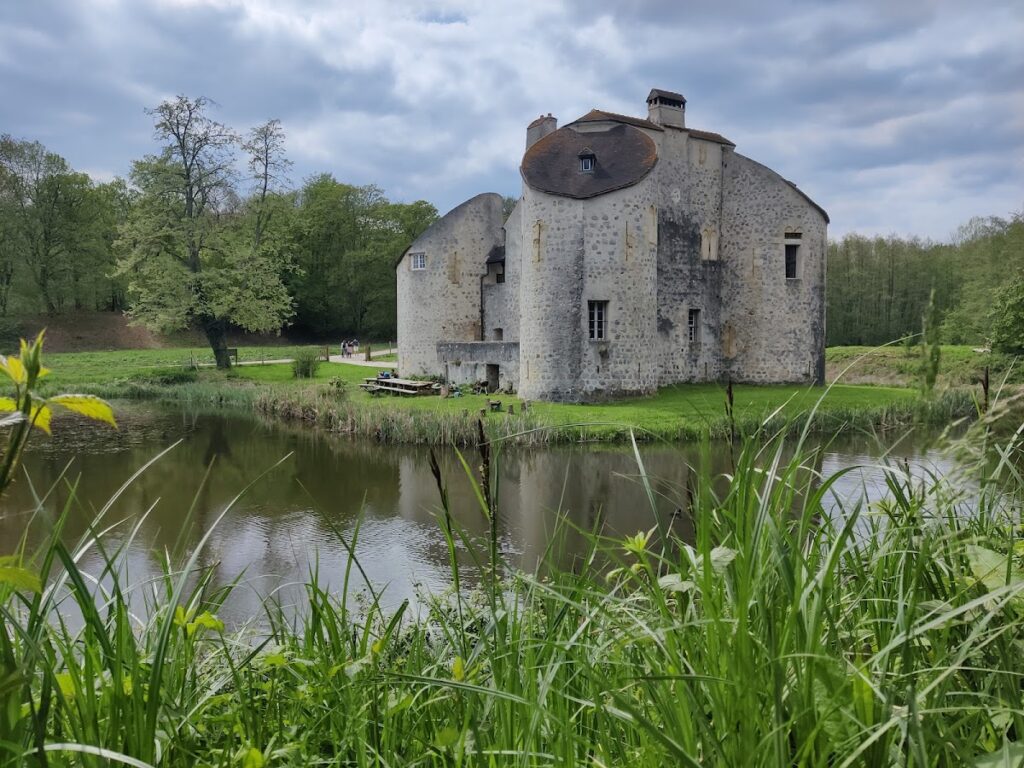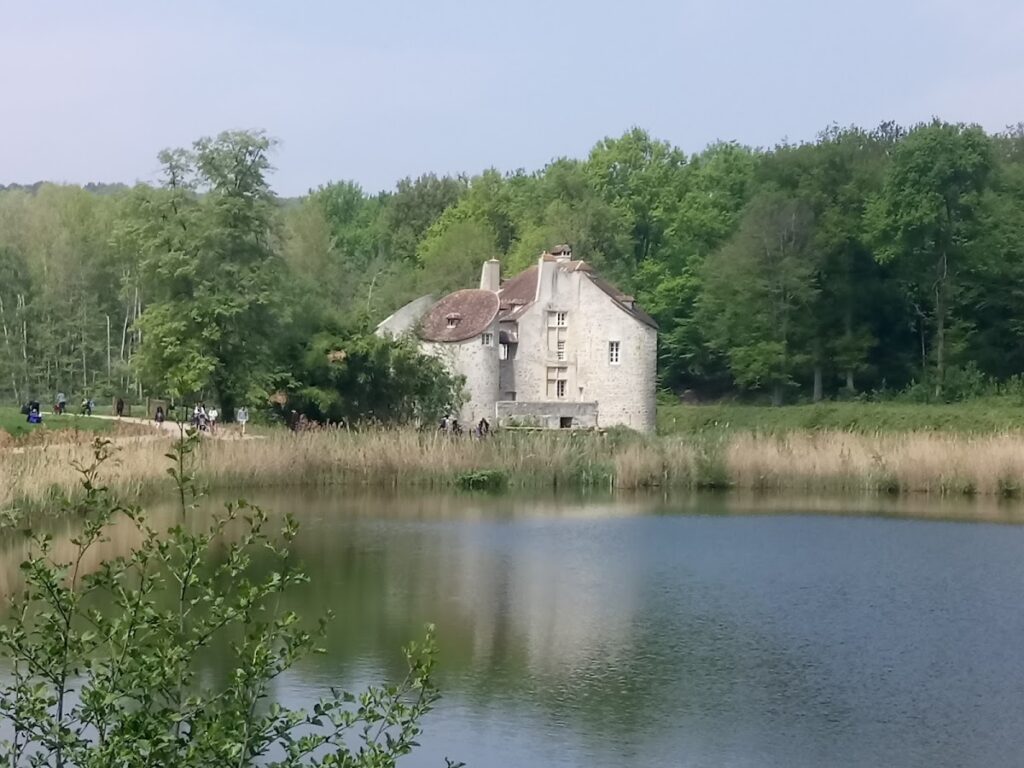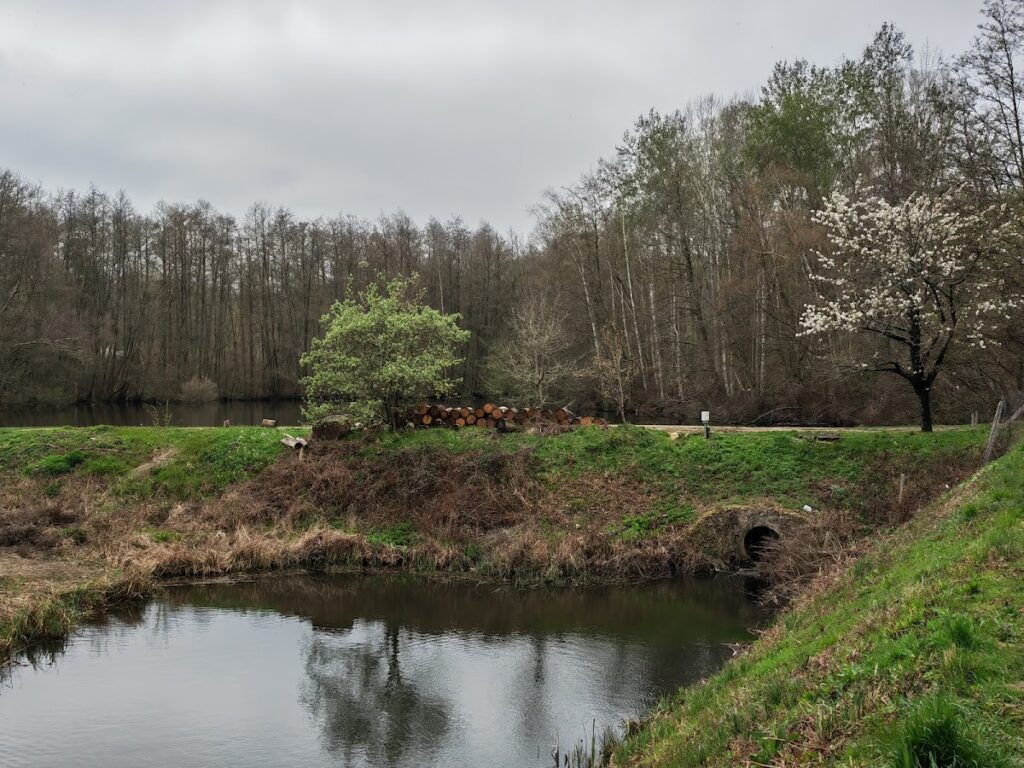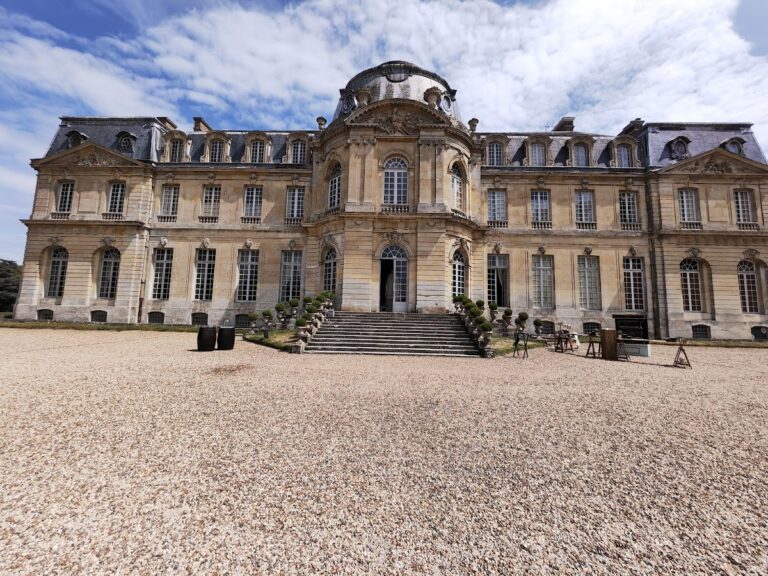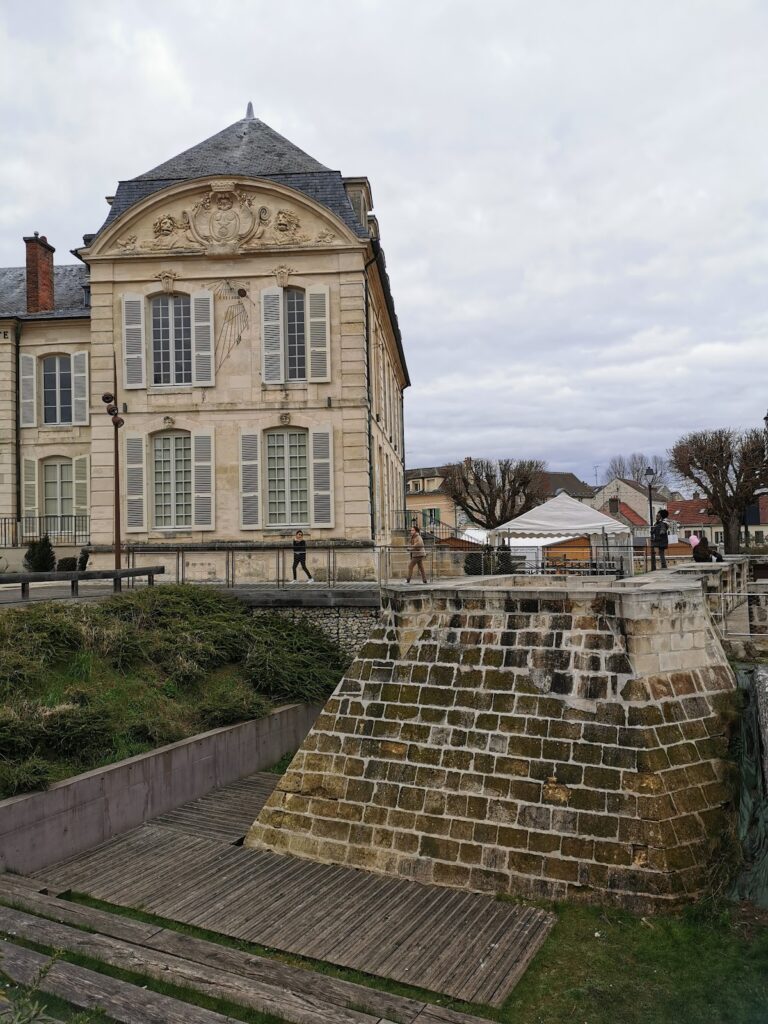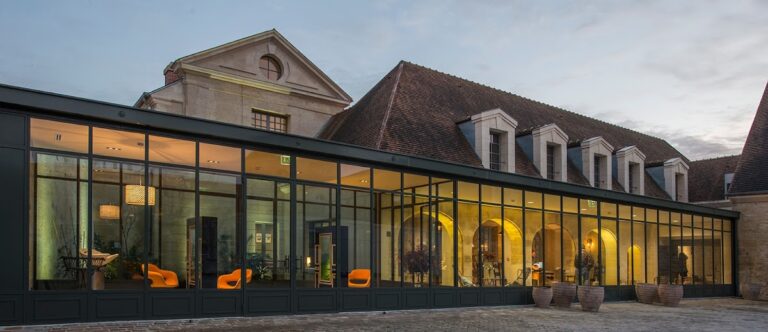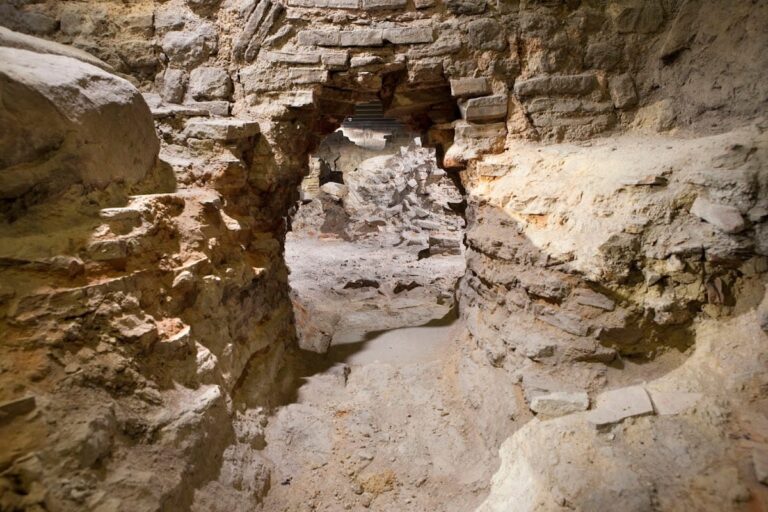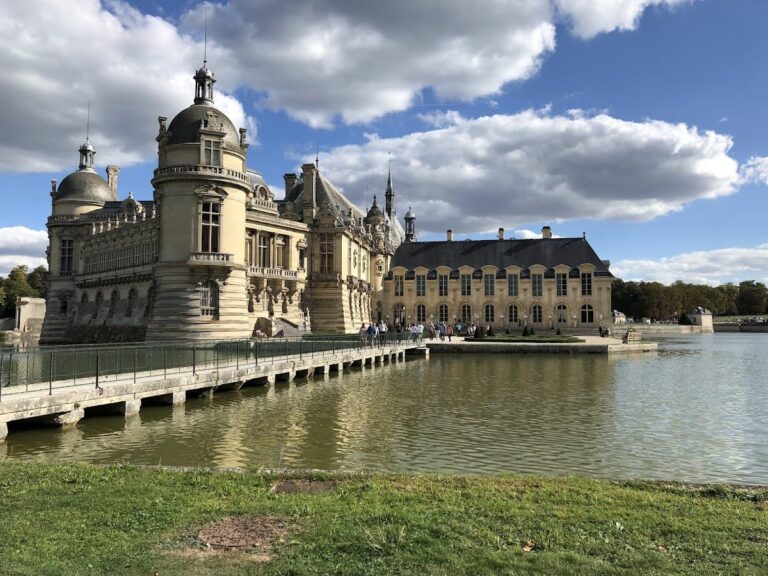Château de la Chasse: A Medieval Fortress near Saint-Prix, France
Visitor Information
Google Rating: 4.5
Popularity: Medium
Google Maps: View on Google Maps
Country: France
Civilization: Unclassified
Remains: Military
History
The Château de la Chasse is situated near the commune of Saint-Prix in modern France and was constructed during the medieval period by the French nobility. Its origins trace back to a fortress mentioned in the 9th century, established by early medieval builders.
Documents from the 9th century describe a fortress called Castellum de Chacia, notable for its robust defenses including a double moat. This stronghold was recognized for its difficulty to conquer and was recorded by Éginhard, historian of Charlemagne. The name “Chaccia” appears in a 12th-century Latin charter and is believed to derive from the Gaulish word “cassanos,” meaning oak, rather than referencing hunting activities.
The structure now known as Château de la Chasse was likely built in the early 13th century by Mathieu II de Montmorency, an influential nobleman and future constable of France. The fortress, initially named Chasse Mornay, is first expressly mentioned in records from 1207. It functioned both as a military stronghold and noble residence throughout the Middle Ages.
During the Hundred Years’ War, the château served as a garrison for French troops. Payroll records from 1418 acknowledge payments to soldiers guarding the site. In 1429, English forces captured the fortress and used it strategically as a base for raids on surrounding regions. Its military role during this turbulent period highlights its defensive importance.
In 1463, the château was the setting of the “querelle des Nivelle,” a notable family dispute between Jean de Nivelle and Louis de Montmorency-Fosseux, which ended in their disinheritance. This event was formally witnessed by a delegation from the Paris parliament, underscoring the château’s role in local political affairs.
The château’s status as a primary residence waned by the 16th century after the construction of the larger, more comfortable Château d’Écouen beginning in 1538. By 1692, it was described as an ancient fortified castle, rather than an active noble home, surrounded by double moats, a drawbridge, and enclosed by high walls with adjoining ponds.
Significant architectural modifications occurred in 1728 when parts of the towers were partially demolished and given sloped tile roofs, transforming the medieval silhouette of the fortress. Despite these changes, the site continued to attract intellectuals in the 18th century, including figures like Jean-Jacques Rousseau and notable botanists Bernard de Jussieu and Louis-Augustin Bosc d’Antic.
During the French Revolution, authorities suspected the château of storing weapons, but only a small quantity of arms was found. Under Napoleon I, the site came into the possession of Prince Louis Bonaparte. It then became a favored leisure area for Queen Hortense and her son, the future Napoleon III.
By the early 20th century, the château had deteriorated into a neglected farm with its ponds silted up and the surrounding forest overgrown. The French government acquired the property in 1971, and restoration efforts began in 1979 under the Office National des Forêts. The château now serves educational and exhibition functions, reflecting its layered history within a forested landscape.
Remains
The Château de la Chasse is a compact medieval fortress, measuring roughly 20 meters by 20 meters, designed to mirror in miniature the grand royal castles of the 13th century. Its layout centers on a square courtyard approximately 12 meters across, which is enclosed by curtain walls serving both defensive and residential purposes.
Four circular towers, each about 6 meters in diameter, stand at the corners aligned with the cardinal points: north, east, south, and west. These towers originally rose higher but were truncated in the early 18th century. After partial demolition in 1728, single-pitched roofs covered with flat tiles were added, which altered the château’s medieval appearance and created a distinctive profile visible today.
The curtain walls connected the towers and contained living quarters. On the upper floors, each wall likely featured pairs of windows, while the towers had two identical windows set between narrow arrow slits – slender vertical openings intended for archers. The ground floor walls were built without external windows for defense. The best-preserved portion of the fortress is the north-east curtain wall, which retains several rectangular mullioned windows topped with bas-relief tympana incorporating pointed arches, highlighting medieval decorative styles.
Notably, the outer edges of the towers were crafted with right-angled stonework aligned precisely with the four cardinal directions. This design was likely chosen to enhance natural light and shadow effects rather than serving a purely military function.
The south-west curtain wall has undergone significant change: it was partially demolished to make way for a newer residential building. Many original windows along this wall were sealed, and new openings were created to improve interior comfort, thus substantially altering the castle’s medieval architectural character.
Surrounding the château are three ponds arranged in a chain along the course of the “ru de la Chasse” stream. These water features were developed in the late 1950s by damming the stream and its tributaries, including the ru du Petit-Moulin and ru de la Fontaine Sainte-Radegonde. The ponds contribute to the seigneurial atmosphere of the site within its extensive forest setting.
Together, the fortress, its towers, curtain walls, and the surrounding water elements create a rare example in the Île-de-France region of a romantically situated medieval residence that has evolved over centuries yet retains significant architectural and historical integrity.
